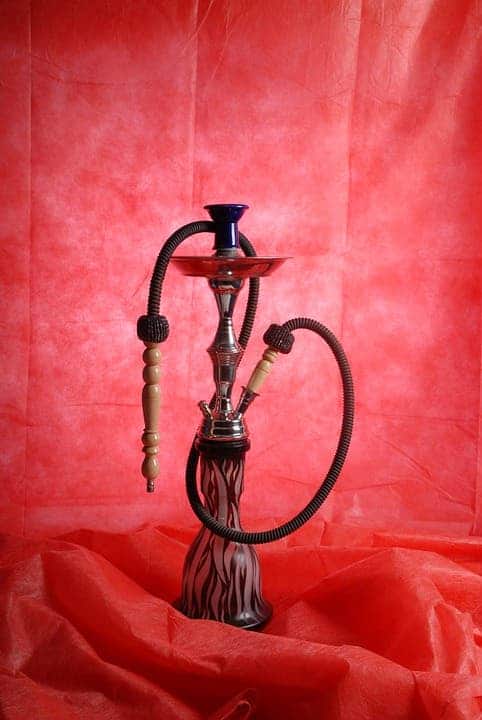Although cigarette smoking is on a steady downward curve, a new type of smoking is starting to become more prevalent: hookah.

Hookah (or shisha) is an instrument for vaporizing and smoking a special type of flavored tobacco. The concept is thought to have originated in medieval India and for centuries, it remained a very niche activity.
In more recent times, however, it has become increasingly popular in many parts of the world, particularly among the youth.
“When I started this research 20 years ago, I did not think that it would be a global problem. Now, hookah has moved to the U.S. and it’s one of the main tobacco products used by young Americans,” says Dr. Wasim Maziak, professor and chair of the Department of Epidemiology at Florida International University in Miami.
Waziak and colleagues found that an estimated 2.6 million US adults (1% of the adult population) smoke hookah in 2017 — nearly double than what was seen in previous years. That’s much lower than the 37.8 million adult smokers in the United States but it’s still considerable — and the kids are smoking it too.
Researchers found that hookah is most common among 18- to 24-year-olds, but it’s also popular among the teens: an estimated 630,000 high school and middle school students smoked hookah in 2017.
This popularity among the youth may be owed to several factors. For starters, it’s associated with the café culture — few people smoke hookah in their own homes, you usually go to a café to smoke it with your friends, which is something that often appeals to youngsters. This also creates the impression that it’s a social activity and not a habit, which can be quite dangerous in the long run. Hookah tobacco is also flavored, usually with fruity flavors which make it much easier to inhale and much more pleasurable to a younger audience.
It’s also quite unique and different compared to other types of smoking. It consists of a head which holds the tobacco, a body of water in a glass chamber beneath it, and a small hose through which you smoke it. The tobacco is warmed using charcoal briquettes. It can be quite an interesting process to watch and follow — it’s quite the show.
However, it’s this exact uniqueness that makes it more dangerous. Hookah smoking essentially creates a pathway between the charcoal and the lungs and a typical hookah session lasts about 30 minutes, much longer than a typical cigarette break.
“This is probably as deadly as cigarettes. For certain carcinogens and toxicants, you have a much higher exposure with waterpipe smoking than cigarettes,” said Maziak.
In fact, a recent 2016 study found that hookah delivers 25 times the tar of a single cigarette, 125 times the smoke, and 10 times the carbon monoxide.
“Our results show that hookah tobacco smoking poses real health concerns and that it should be monitored more closely than it is currently,” said lead author Brian A. Primack, M.D., Ph.D., at the time.
Of course, this is not a perfect comparison because one person might smoke 20 cigarettes a day and only smoke hookah once or twice a week. Nevertheless, it’s a trend that should not be taken lightly. Recently, studies have shown more and more that hookah is becoming more prevalent, with more than 25% of all college students smoking it.
Cigarette smoking is just the most prevalent form of smoking — there are several other alternatives, with various degrees of negative health effects. For instance, electronic cigarettes have also picked up a lot of steam, which was met with mixed reactions because although they do pose health risks, these risks are considerably lower than cigarettes.
Currently, it is unclear if young smokers are aware of the dangers posed by hookah. The practice is relatively new in the Western World.
“There are concerns that hookah smoking could be addicting a new generation of kids, adolescents and young adults who aren’t fully aware of what they are smoking and the relative consequences,” said Mary Rezk-Hanna, an assistant professor at the UCLA School of Nursing.
The CDC has a compelling factsheet about smoking, mentioning among other things that it kills 480,000 Americans every year and is responsible for over 90% of all lung cancer cases.


